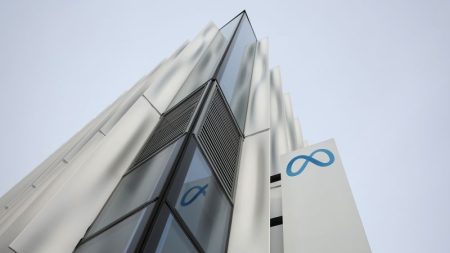In the first quarter of 2024, Tesla experienced its first annual decline in sales since the start of the pandemic. The increased competition in the electric vehicle market, particularly from Chinese and Western automakers, impacted Tesla’s sales numbers. Despite building 433,000 vehicles, Tesla only delivered 387,000, a drop from the previous quarter and the same period last year. To combat this competition, Tesla has been cutting prices, which has squeezed profit margins and contributed to a decline in stock value. This decline in sales led to a 5% drop in Tesla’s shares, which have lost over a third of their value in the current year.
Tesla attributed the decline in sales partially to the production ramp-up of the updated Model 3 at its Fremont factory and disruptions related to global shipping issues and factory closures. However, the main factor in the drop in demand is the increased competition in the EV space. In the fourth quarter of 2024, Tesla lost its title as the world’s best-selling EV maker to Chinese automaker BYD. Despite the decline in sales, Tesla did manage to reclaim the global title from BYD, which also saw a drop in sales of pure battery-powered vehicles.
Tesla faces new competition from Western legacy automakers who are introducing new EV models as they transition from traditional internal combustion engine vehicles. Toyota reported a 61% increase in pure EV sales for the first two months of the year. General Motors saw a decline in overall US EV sales due to the discontinuation of the Chevrolet Bolt, but its newer EV models posted a significant jump in sales. Analysts had mixed predictions for Tesla’s sales numbers, with some expecting as many as 440,000 vehicles sold. Despite a positive long-term outlook, Dan Ives of Wedbush Securities called the first quarter a “train wreck” for Tesla.
One of the main challenges for Tesla in the first quarter was sales in China, which Ives estimates fell 3% compared to the previous year. Chinese demand for Tesla vehicles was described as “very soft” at the beginning of 2024. Overall, the demand for EVs is still growing rapidly, with US EV sales rising 40% last year to exceed 1 million vehicles for the first time. However, the pace of growth has been slower than some forecasts, leading traditional automakers like General Motors and Ford to adjust their EV production plans. This situation has prompted concerns about the long-term narrative of Tesla and the potential for further disruption in the future.















